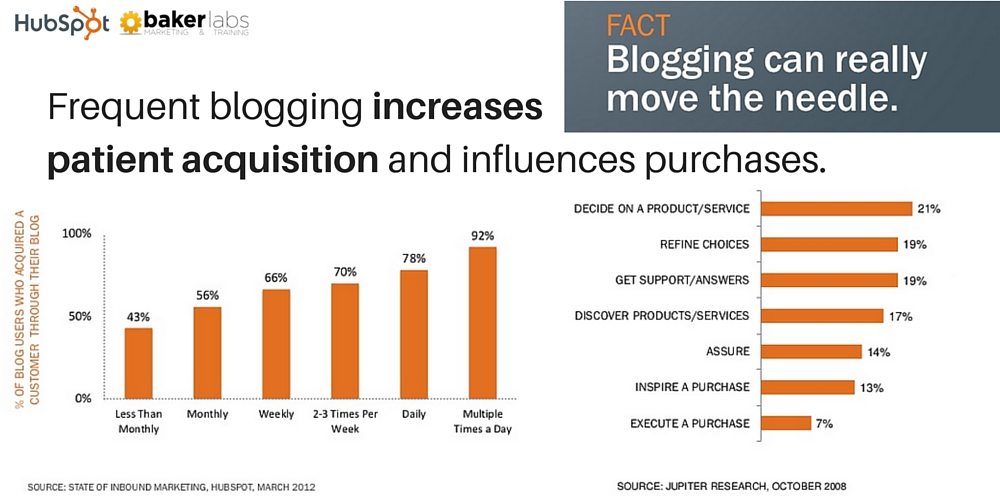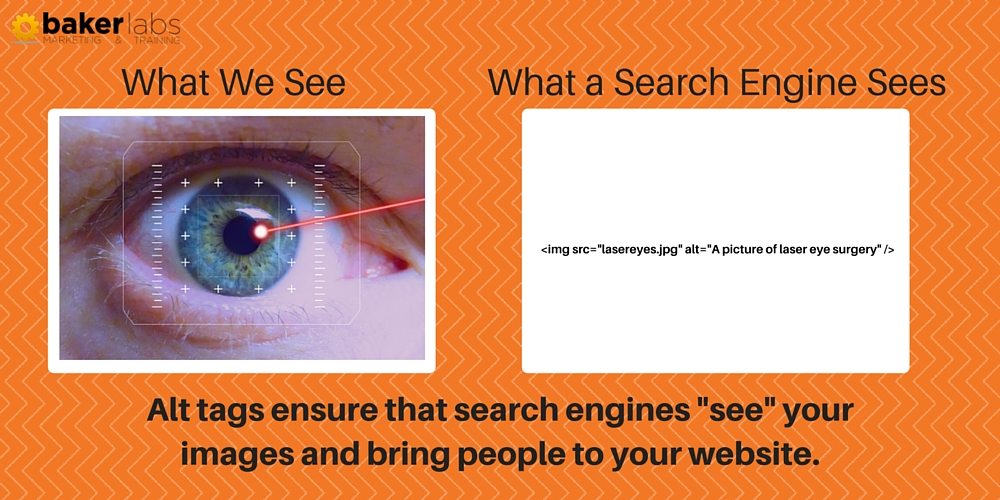Ranking well in search engine results is one of the most critical ways medical and surgical practices gain organic (free) web exposure. In fact, 60% of clicks go to the top three organic search results and 75% of users never scroll past the first page. A high search engine ranking will increase your website traffic by attracting people who are interested in your services. Once they reach your website, you will provide opportunities for them to connect with you by requesting more information or booking an appointment. (Read more about how to create these opportunities here.)

(HubSpot)
An effective SEO (or search engine optimization) strategy will help you meet the certain search engine criteria so you can improve your practice’s search engine result ranking. Here are three easy steps that will help you improve your SEO and in turn, grow your practice.
1. Publish Relevant Content
There is no substitute for great website content. Great content attracts website visitors and the more traffic your website has, the more authority you have in search engine results. Website content can come in a variety of ways:
- Blog posts, articles, and white papers
- Videos and podcasts
- Infographics and slideshows
- Digital downloads (eBooks, checklists, calculators, apps, etc.)
- Conferences and special events
While an SEO strategy should be implemented when producing website content, never sacrifice good writing to perfectly match keywords. Remember that your audience is your patient, not a search engine. Learn more about how to create quality website content, How to Attract More Patients Without Relying on Advertising.
2. Update Your Content Regularly
Regular content updates improve the relevancy of a website and search engines rank relevant websites higher than those that are not. This begs the question, how often should you update your website? While unique factors will cause the answer to vary, it is a good idea to get into the habit of updating your website at least once a week. Blogging is one of the easiest ways to keep your website full of information your patients will find helpful and interesting.

(HubSpot)
Learn more about the power of blogging in 9 Reasons Why Blogging is the Key to Modern Marketing.
3. Always Use Alt Tags
Alt tags (also known as alternative text descriptions) describe pictures, graphics, videos, and other visual media and appears in a blank box that would normally contain the image should it fail to load. Alt text also helps search engines locate your page, which is especially important for people who use text-only browsers.

Search engine optimization is just one of the many inbound marketing techniques we use to help medical and surgical practices become the “go to” practices in their fields. Contact us to learn more about how we use inbound marketing to attract new patients, build strong patient relationships, and increase patient-to-patient referrals.
[hs_action id=”1171″]


